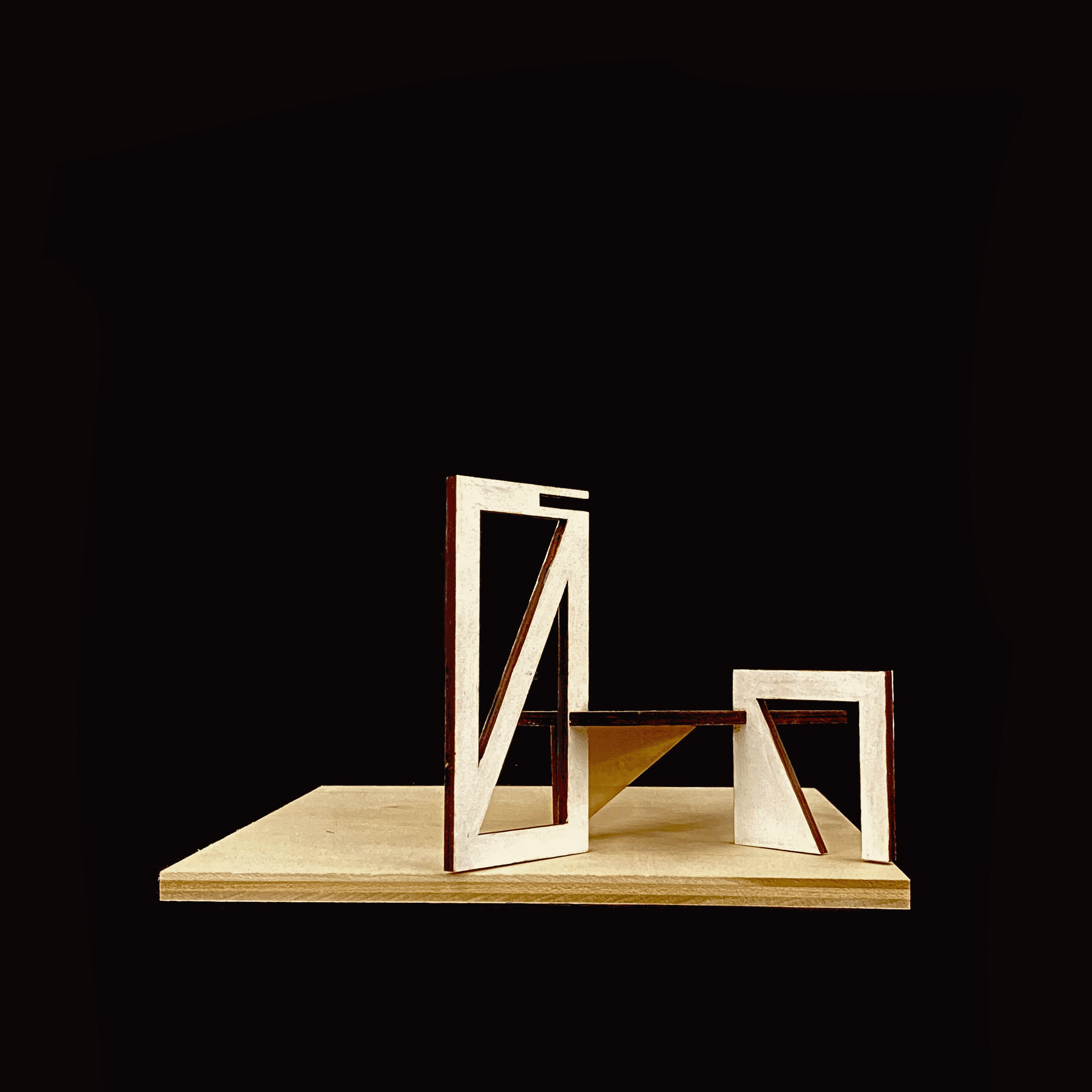Rice Architecture
21CM_X06
COMBINATIONAL MODEL / EXPERIMENT SIX
Valerie Elizondo
Madeline Ju
Amber Wang
We decided to retain the same notched form present in our former project, but we attempted to refine it and make it more structurally stable and create more spaces between its pieces. We developed our previous project’s two distinct modules and made more varied modules that would allow for them to act as multiple structural units at once. Another important aspect was the implementation of the triangles as a structural unit rather than an aesthetic addition. It begins to act as a column, truss system, or wall at times.
The model grows upwards in a consistent manner. Expansiveness is achieved by the strength discovered in linking wood pieces together in perpendicular fashion and alternating orientation between planar and vertical. While cohesion is maintained through the consistency of material and repetitiveness of modules, the interplay of orientation creates what we understand in the real world as floors and walls and offers a function for the space. We pictured this structure acting as a larger scale building and could therefore be an office building. There is a central void that could act as a lobby with the density of habitation occurring along the periphery.
PHYSICAL MODEL







DIGITAL MODEL




















